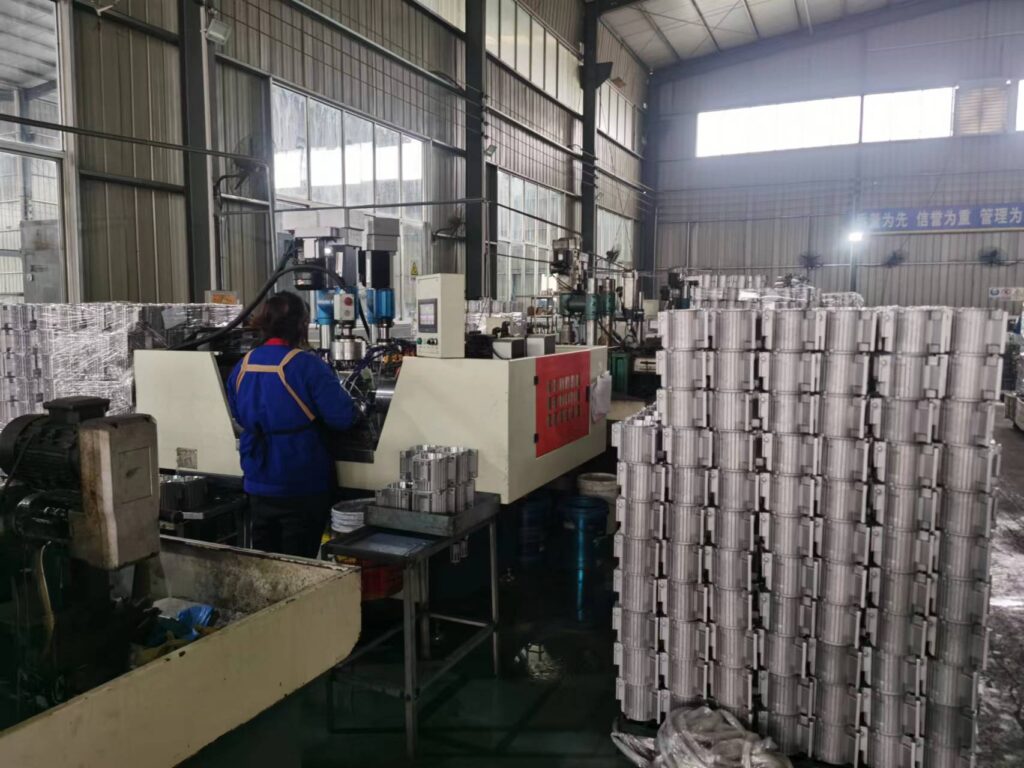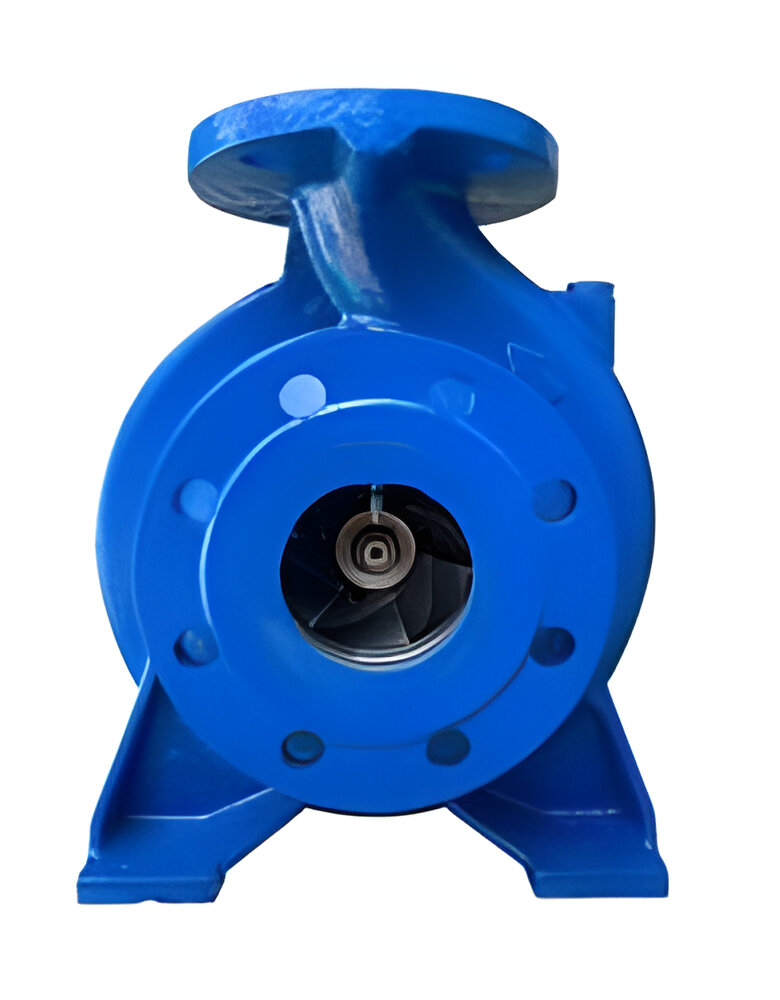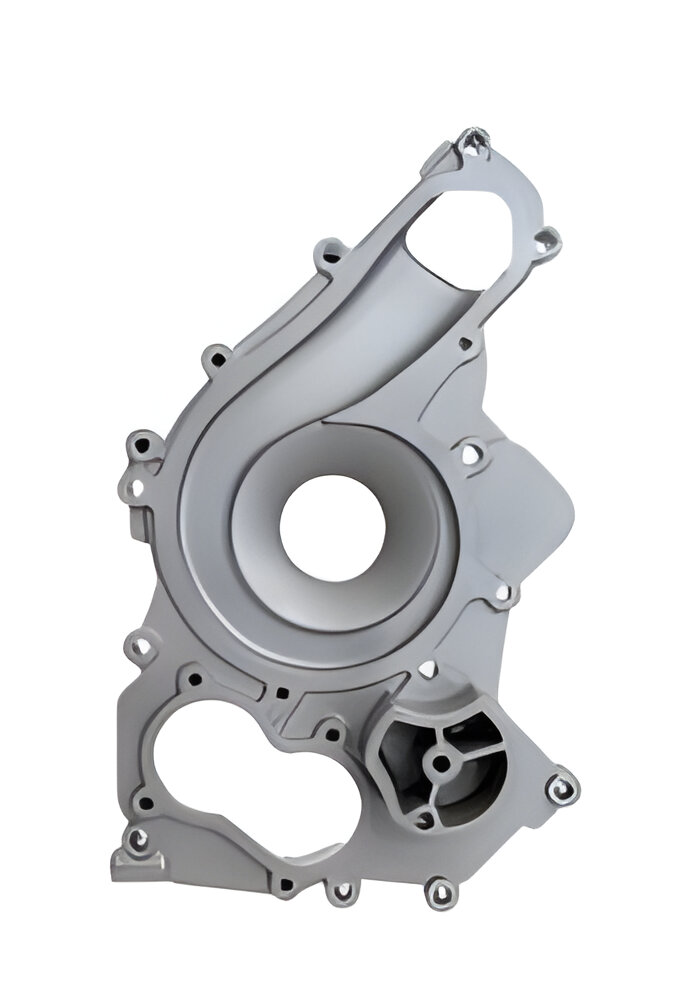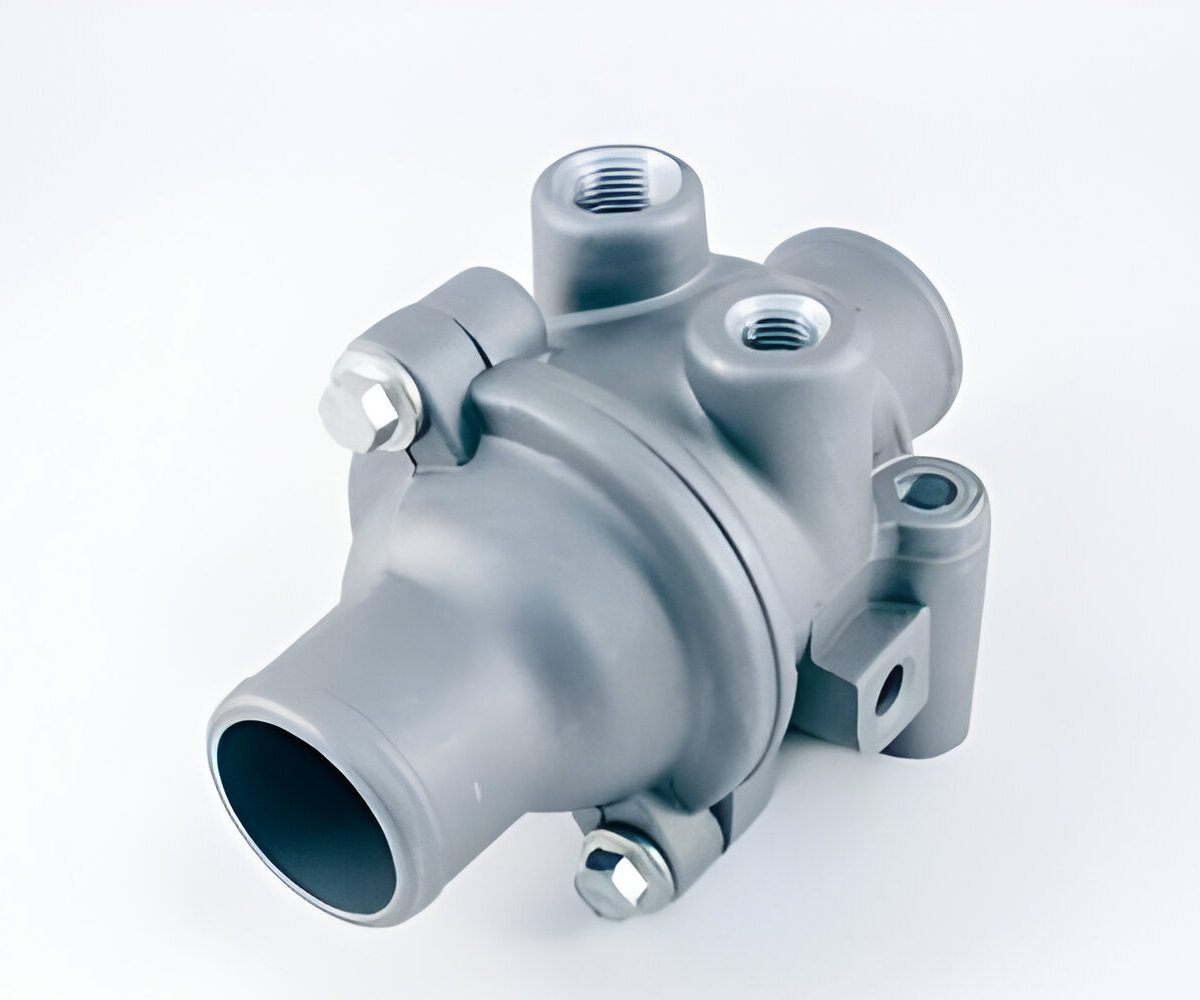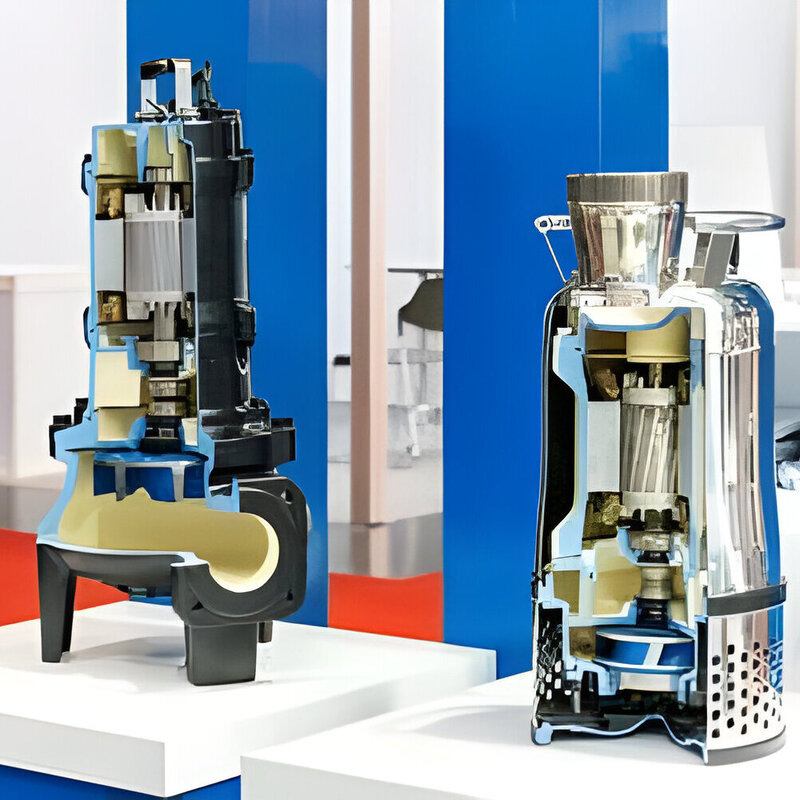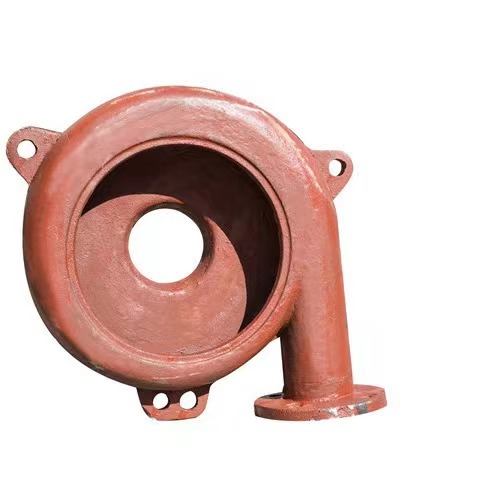Electric motors serve as the backbone of numerous industrial and commercial applications, powering everything from machinery to HVAC systems. Within these motors, various components work together to ensure optimal performance, and one such crucial element is the electric motor fan housing. In this article, we delve into the importance of motor housing, specifically focusing on the role of the fan housing in enhancing motor efficiency.
Understanding Motor Housing
The motor housing, also known as the motor casing or motor housing cover, encompasses and safeguards the internal components of an electric motor. It acts as a protective barrier, shielding delicate parts from external contaminants and mechanical stress. Additionally, the housing provides structural integrity, maintaining the alignment of essential motor components.
Exploring Electric Motor Fan Housing
The electric motor fan housing is a critical component responsible for cooling the motor during operation. As electric motors generate heat while converting electrical energy into mechanical power, efficient cooling is essential to prevent overheating and ensure optimal performance and longevity. The fan housing accommodates the cooling fan, which circulates air within the motor enclosure, dissipating heat and maintaining the ideal operating temperature.
Optimizing Motor Efficiency
Effective cooling provided by the fan housing is integral to maximizing motor efficiency. Overheating can lead to decreased performance, premature wear of components, and ultimately, motor failure. By ensuring proper ventilation and airflow, the fan housing helps mitigate heat buildup, allowing the motor to operate consistently at peak efficiency.
Motor Housing Parts and Construction
Motor housing parts, including the fan housing, are typically manufactured through casting processes such as die casting or sand casting. These methods allow for precise shaping and detailing, ensuring optimal functionality and compatibility with motor components. High-quality materials such as aluminum or cast iron are commonly used for their excellent thermal conductivity and durability.
Advantages of Electric Motor Fan Housing
Investing in quality electric motor fan housing offers several advantages, including improved motor efficiency, reliability, and longevity. By effectively dissipating heat, the fan housing helps reduce the risk of overheating-related issues, such as insulation degradation and bearing failure. This, in turn, translates to reduced maintenance costs and increased uptime for industrial and commercial operations.
Choosing the Right Fan Housing
When selecting an electric motor fan housing, factors such as motor size, operating environment, and cooling requirements must be considered. Customization options allow for tailored solutions to meet specific application needs, ensuring optimal performance and compatibility with existing motor configurations.
Partnering with KT Foundry
At KT Foundry, we specialize in the design and manufacture of premium electric motor fan housings and components. Our dedicated team utilizes advanced technologies and stringent quality control measures to deliver products that meet the highest standards of performance and reliability. Whether you require standard fan housing designs or custom solutions, we are committed to providing exceptional products and service to our customers.
Contact Us Today
Experience the difference that quality motor housing can make in optimizing your electric motor efficiency. Visit our website at KT Foundry to explore our comprehensive range of products and services. Our knowledgeable team is ready to assist you in selecting the perfect fan housing solution for your application. Enhance the performance and longevity of your electric motors with KT Foundry.

